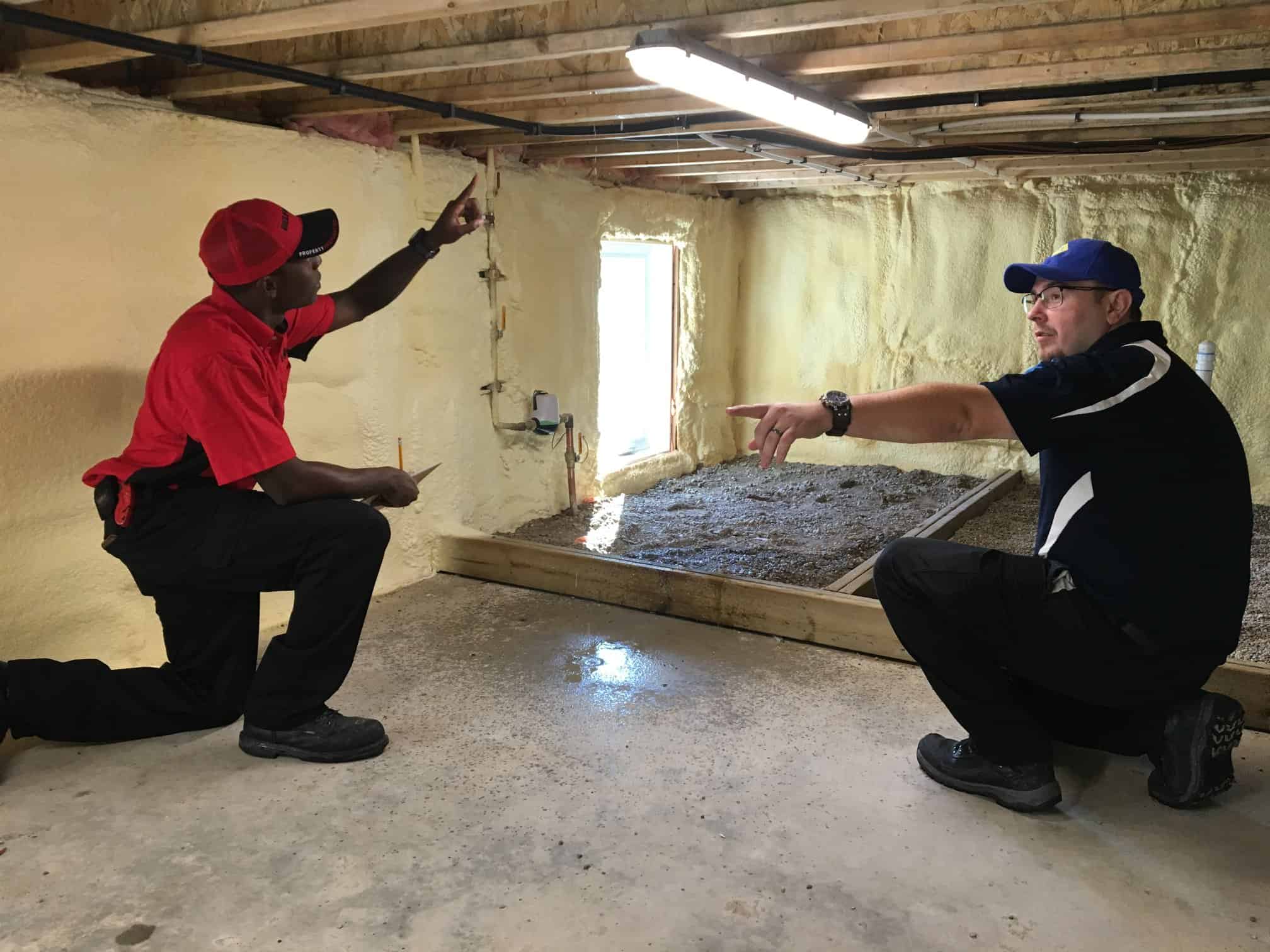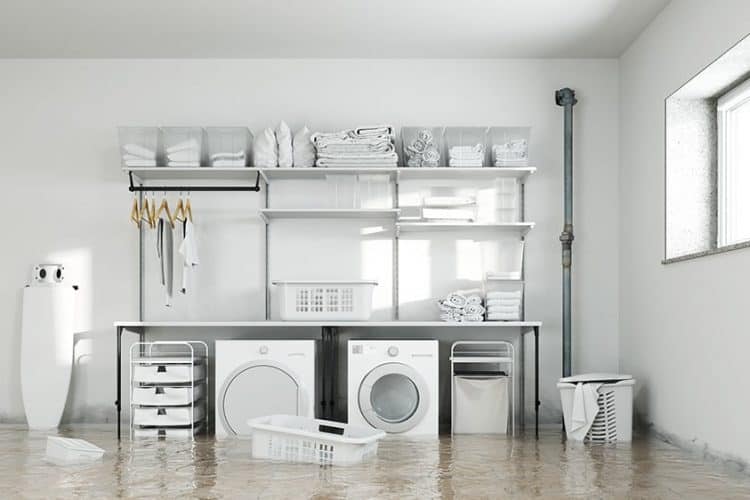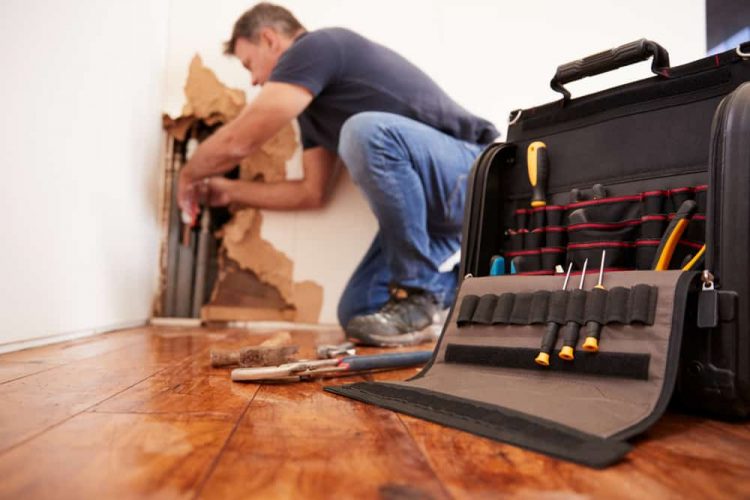
You want to act quickly after any water event in your home, whether a pipe bursts or the basement floods. Water events not only damage your home and belongings but can also create health hazards when mold begins to grow. You’ll want a water damage inspection and assessment for your home. Read our guide on what to expect and how to prepare.
The Inspection
Once you realize you have water damage, schedule an inspection as soon as possible with a certified professional water damage restoration company . A water damage inspection aims to identify every area of your home affected by water and assess how much structural damage there is. This assessment includes wet ceilings and water-soaked insulation or ductwork. An inspector will determine what’s causing the water and try to stop the flow. Water flows down so the inspector will start where the source is and work their way down the home.
During a water damage assessment, inspectors use moisture detectors, like hygrometers and moisture-meters, to measure the level of damage and estimate the amount of work required. This step will determine the class of the damage. It’s broken down into four types:
- Class One: less than 5% of the combined surface area impacted
- Class Two: around 5%-40% of the combined surface area impacted
- Class Three: more than 40% of the combined surface area impacted
- Class Four: severe water damage. This classification means “deeply held or bound water” in materials that do not absorb water very easily, such as plaster, hardwood, or concrete.
The assessment will also determine the water contamination category:
- Category One: Water from a clean or sanitary source. This source could be a burst supply line pipe, broken toilet tank, or an overflowing bathtub of unused water.
- Category Two: Water contains considerable contamination. This water could be from the overflow of your dishwasher, washing machine, or a broken aquarium.
- Category Three: Water is grossly contaminated. It could be from sewage, flood waters, or surface water runoff. This water could contain pathogens, chemicals, and other harmful agents.
The inspector should assess how severe the mold damage is and how to dry out wet areas. This process can include raising furniture off the damp floor and securing other belongings to limit the potential for secondary damage. During this process, you’ll want to take photos and videos to document for insurance purposes. The inspector will create a quote after the completed assessment, determining the cleanup cost.
While the internet might make you feel like a water damage expert, there’s a big difference between watching a video and trying to do a complex repair with no background. Professionals like 1-800-Water Damage have experience and training with specialized tools.
After the water damage inspection is complete, there are a number of steps to complete during the water damage restoration process. Certified professionals that are trained in water damage restoration should perform these steps.
Water removal
First is the water removal or extraction process. It starts with removing standing water and using extractors to remove water absorbed by other parts of the home or belongings. For this process, technicians often use submersible pumps, truck-mounted vacuums, or portable industrial vacs.
Material Removal
Second, the technicians will remove any damaged materials that should not be dried or remove certain materials to expose other materials that need to be dried. (ie removing vanities to dry the walls or removing drywall to ensure insulation can be removed and the interior of the wall can be dried.)
Cleaning
The water-damaged area may require cleaning, sanitation, and deodorization services that are provided after the standing water is removed. Experts will have proper personal protection equipment for cleaning potentially hazardous material, like N-96 respirators, protective gloves, and waterproof clothing.
Drying
Next is the drying and dehumidifying phase. Air movers and dehumidifiers dry out materials that still contain water or were too challenging to access during extraction. Certified technicians understand the science of drying to ensure it’s done properly to help prevent further complications.
Structural Repairs
After cleaning and drying are complete, experts will re-evaluate the scope of work to determine if further repairs are needed. Only properly licensed professionals should complete structural or reconstructive repairs.
Questions to Ask an Inspector
Before you hire someone, make sure to ask these questions:
- Are they certified?
- Do they start with a detailed assessment, including moisture and humidity level checks?
- What type of documentation will they provide that proves they dried the structure properly? Details should include documentation of equipment, work performed, moisture readings, and photos for proof of success.
- How will they keep unaffected areas safe during the process?
Contact 1800WD Today
Water damage is time-sensitive, and 1-800 Water Damage is here to help. We offer full-service water damage restoration and 24/7 emergency services. Our water damage services include restoration, removal, extraction, and pipe burst repair. Submit a form or call us today to get the process underway.



